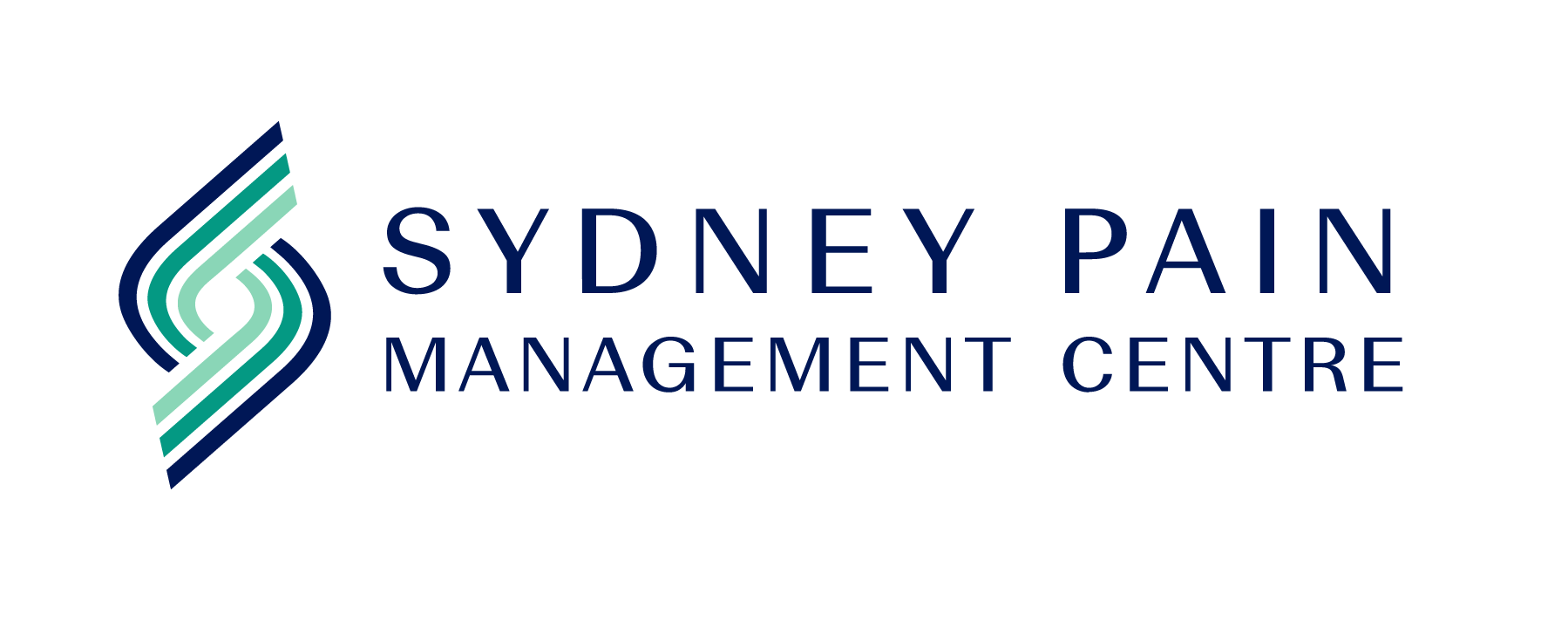CONDITIONS
We have helped people with all of these conditions to achieve improved results for their well being and experience of pain.
ATROPHY
ACQUIRED SPONDYLOLISTHESIS
BACK PAIN
Acute (30 days or less)
Subacute (1 to 6 months)
Chronic (6 months or more of ongoing pain)
CANCER PAIN
Pain from the condition itself as well as pain from treatment. There are many methods we use to lessen cancer pain, including medicinal, physiotherapies, and psychotherapies.
CARPAL TUNNEL SYNDROME
A compression of the median nerve in the carpal tunnel in your arm, that gives the pins and needles sensation, numbness, and ongoing pain.
CERVICAL PAIN
Cervical pain symptoms are generally pain in and around the shoulder and neck region. Other symptoms may include: Numbness or weakness and tingling in the arms, hands, legs and feet as these parts are directly connected to the cervical nerves.
COMPLEX REGIONAL PAIN SYNDROME
A compression of the median nerve in the carpal tunnel in your arm, that gives the pins and needles sensation, numbness, and ongoing pain.
DEGENERATIVE & OSTEOARTHRITIS
An abnormality that degrades joints, which then affects surrounding cartilage and bone.
DEGENERATIVE SPINAL DISEASE
Such as stenosis, an abnormal narrowing of the spinal canal.
FACIAL PAIN
Varied treatments, which depend on your specific circumstances. This syndrome has different causes, which require individual healing methods.
TEMPOROMANDIBULAR JOINT DISEASE
The temporomandibular joint is a hinge that connects your jaw to the temporal bones of your skull, which are in front of each ear. It allows people to move the jaw up and down and side to side, so you can talk, chew, and yawn. Problems with your jaw and the muscles in your face that control it are known as temporomandibular disorders (TMD). It may sometimes be referred to as TMJ, after the joint.
GERIATRIC RE-CONDITIONING
Treatment that includes physiotherapy, awareness, and complimentary exercise programs, specifically designed for seniors at risk of fracture or bone deficiencies.
HERNIATED DISC
A tear in the outer ring of an intervertebral disc, which allows the soft inner portion of the vertebrae to bulge out past out the damaged outer ring.
KNEE, SHOULDER, ELBOW PAIN & STIFFNESS
Knee Pain is a common problem that can originate in any of the bony structures compromising the knee joint (femur, tibia, fibula), the kneecap (patella), or the ligaments, tendons, and cartilage (meniscus) of the knee. Knee pain can be aggravated by physical activity, as well as obesity, affected by the surrounding muscles and their movements, and be triggered by other problems (such as a foot injury). Knee pain can affect people of all ages.
Shoulder pain: The design of the shoulder joint is such that it sacrifices stability for mobility. As an extremely mobile joint that plays a central role in the action of a major extremity, the shoulder is at risk for injury. Common injuries of the shoulder can lead to inflammation of the bursae (bursitis) or tendons (tendonitis or tendinitis) and result in a torn rotator cuff with dysfunction, impingement, as well as instability and frozen shoulder.
Joint pain can be caused by injury affecting any of the ligaments, bursae, or tendons surrounding the joint. Injury can also affect the ligaments, cartilage, and bones within the joint. Pain within the joint is a common cause of shoulder pain, ankle pain, and knee pain. Joint pain is also referred to as arthralgia.
MYOFASCIAL PAIN SYNDROME
Muscular and tissue based syndromes, caused by multiple trigger points or constrictions, some of which are very localised, and some more widespread.
OSTEOPOROSIS & ASSOCIATED FRACTURES
A progressive bone disease that is characterised by a decrease in bone mass and density, which often lead to an increased risk of fractures.
PERIPHERAL NERVE INJURIES
POST SURGICAL REHABILITATION
RADICULOPATHY
Other chronic pain problems:
Headaches, Abdominal Pain, Pelvic Pain
Associated symptoms of chronic pain which may need to be treated:
Anxiety, Depression, Drug and alcohol abuse (detoxification), Behavioural changes
